
Diğer Gezi Planları
Gezi Planı
1 . Gün13.12.2025Cumartesi
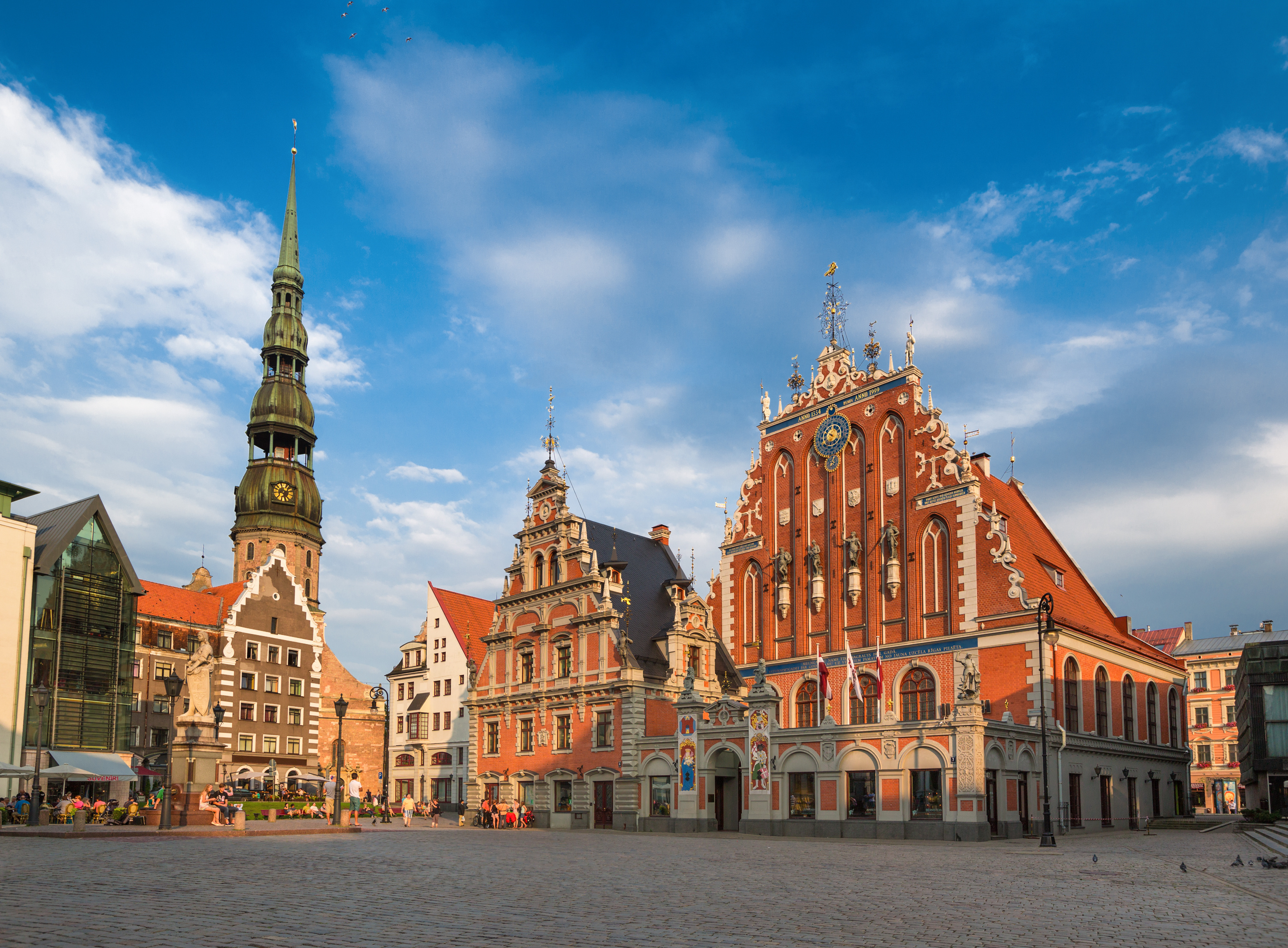
Vecrīga
The old centre of Riga on the right bank of the Daugava River is a UNESCO World Heritage Site. On these scurrying cobblestone streets and sociable squares are Riga’s oldest houses and churches. Vecrīga is stacked with restaurants, nightspots, art galleries and museums. At a cafe you have to order the dessert named after Vecrīga , made from choux pastry filled with curd and vanilla cream and dusted with icing sugar.
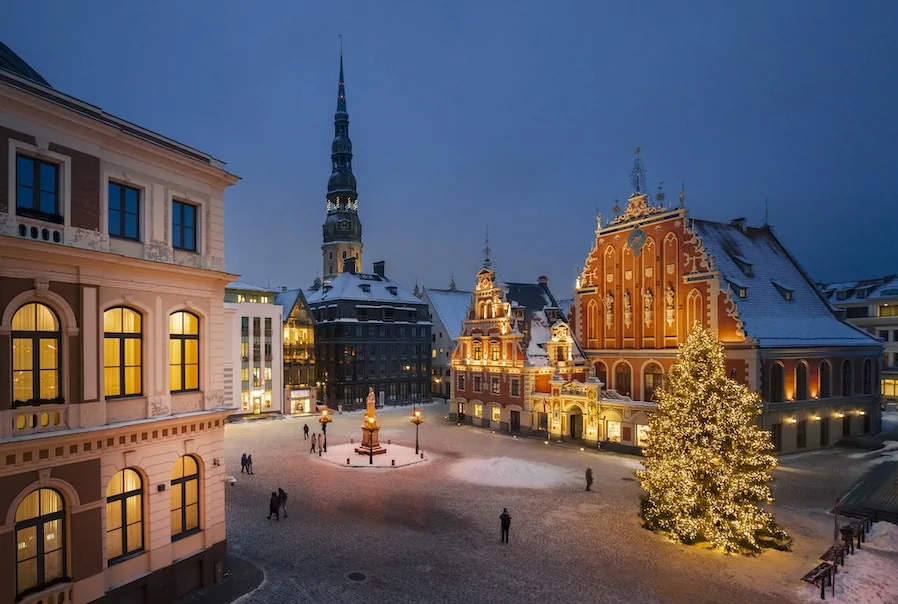
Town Hall Square
Standing on Riga’s Town Hall Square and gazing at the Town Hall and House of the Blackheads, it’s mind-boggling to think that these monuments are little more than 20 years old. The reconstruction is seamless, and the plaza has a grandeur fit for a capital. Sticking out like a sore thumb next to the House of the Blackheads is a dark and squat 1970s Soviet building that until recently contained the Occupation Museum.
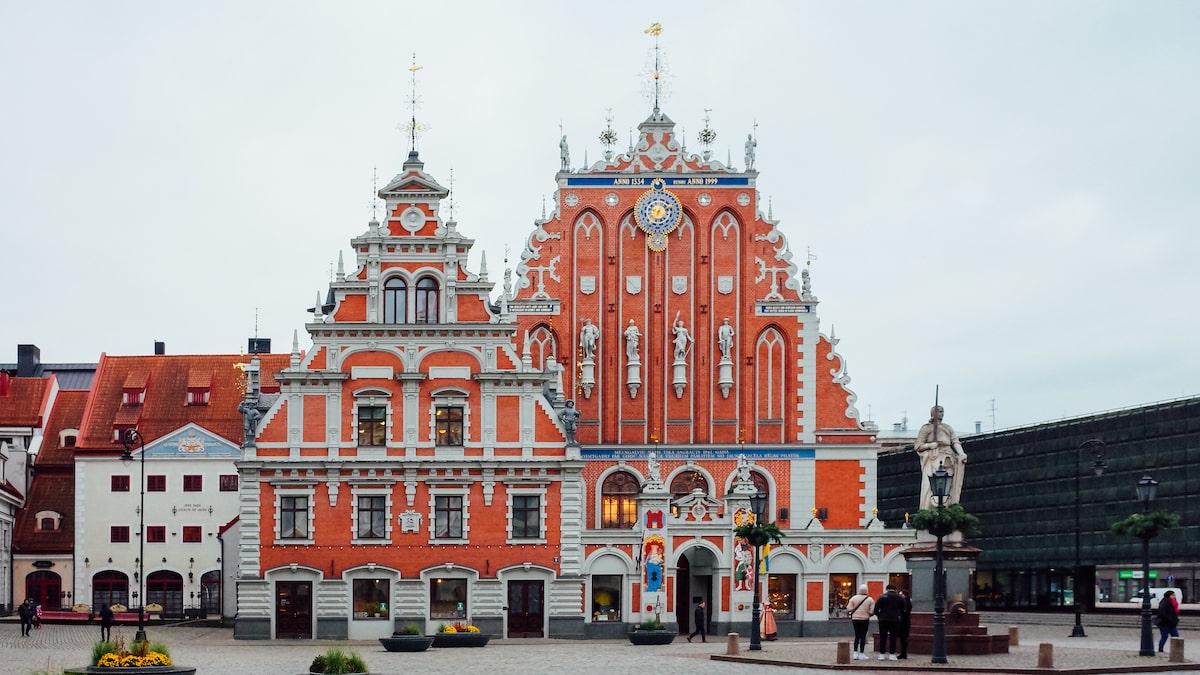
House of the Blackheads
This exuberantly adorned brick building was a nexus point for business and trade in Riga during the Hanseatic years.
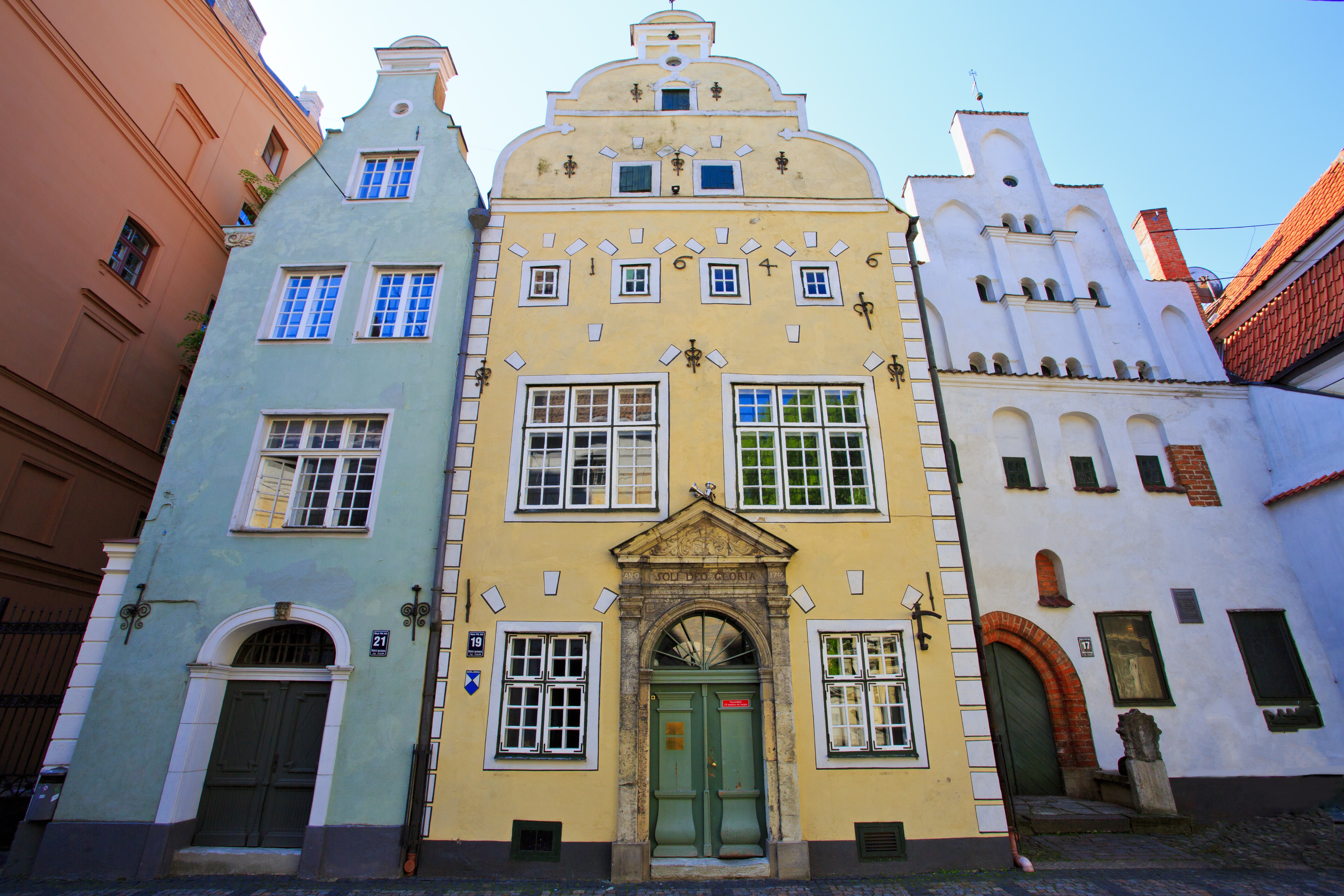
Three Brothers
At 17, 19 and 21 Mazā Pils Street stand the oldest complex of houses in Riga, dating from the 15th century.
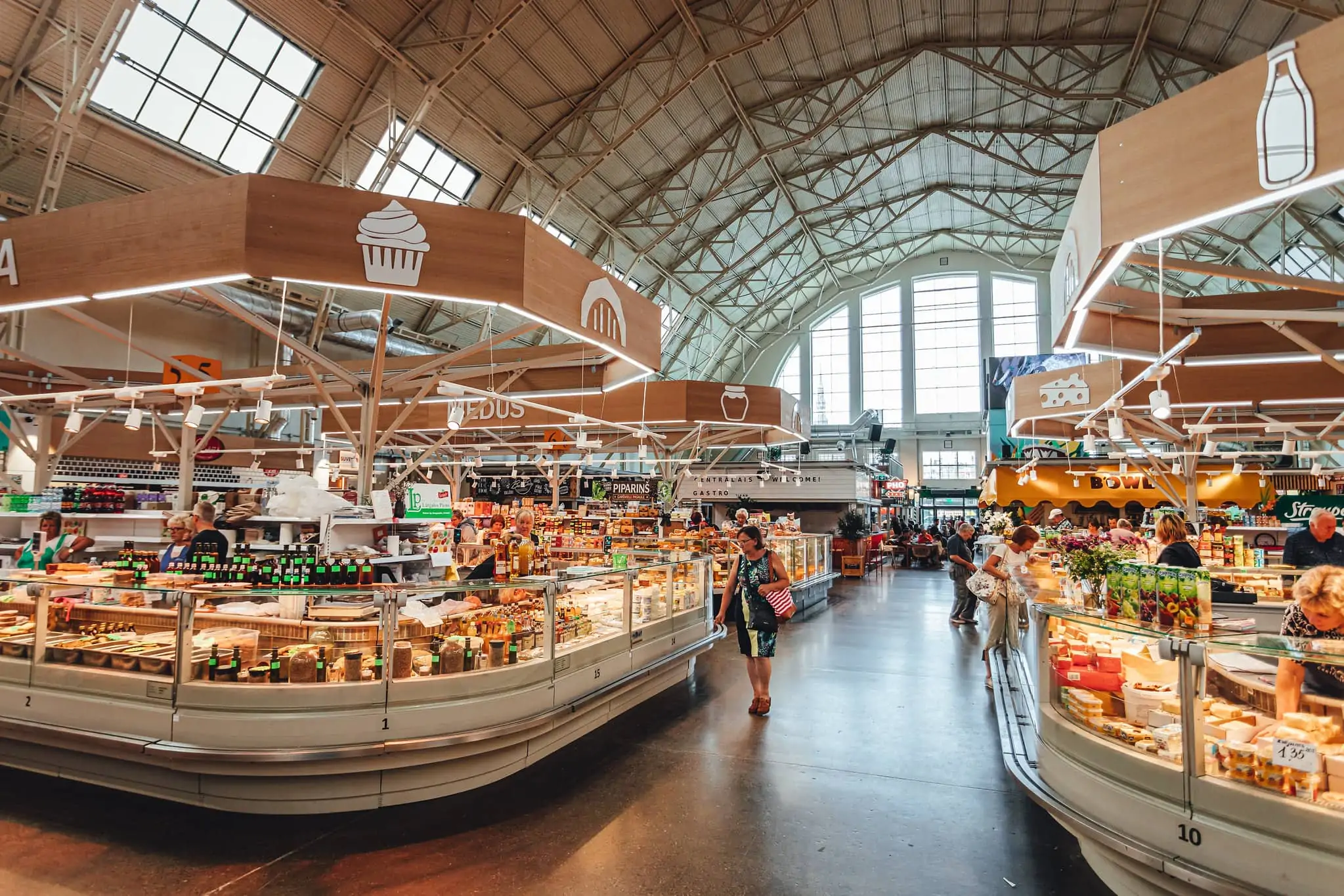
Riga Central Market
Included in Riga’s UNESCO World Heritage Site, the Riga Central Market is one of the largest and most visited markets in Eastern Europe.
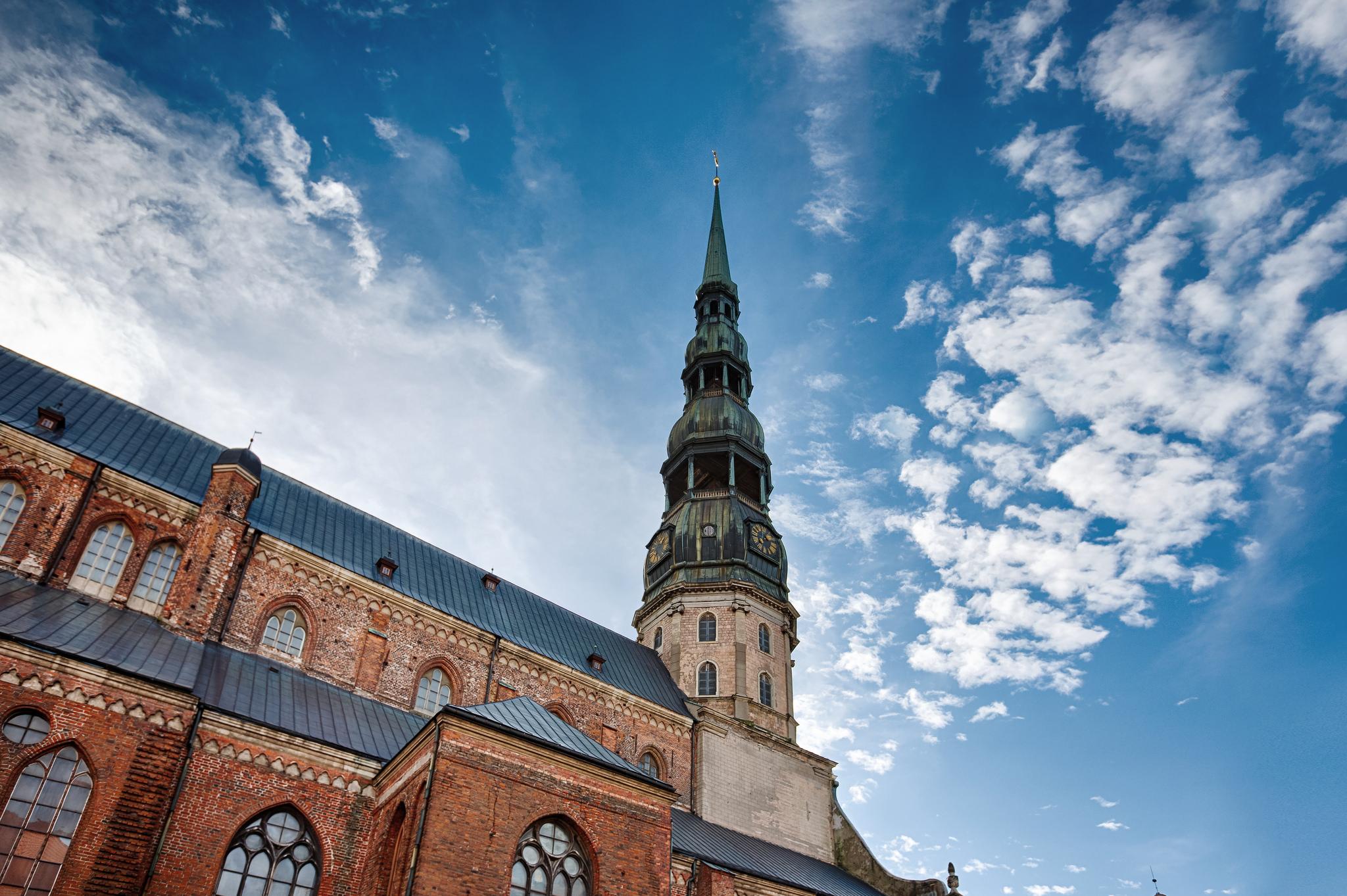
St Peter’s Church
The 123-metre tower of this Lutheran church is an integral part of Vecrīga’s silhouette.
8 Mekan
2 . Gün14.12.2025Pazar

Albert Street
If you have limited time to hunt down Riga’s Art Nouveau marvels there are many clustered together on Albert Street, which is like an outdoor gallery for architecture.

Riga Art Nouveau Center
Konstantīns Pēkšēns, one of the stars of Riga’s Art Nouveau movement, designed and lived in this building on Albert Street at the turn of the 20th century.
Elizabetes Iela
Riga is an Art Nouveau wonderland, with more than 800 buildings, a third of the city’s stock, dating from the prime years of the movement at the start of the 20th century.

Freedom Monument
East of Vecrīga this solemn landmark remembers the soldiers killed fighting Soviet forces during the Latvian War of Independence (1918-20). Standing 42 metres high, the Freedom Monument (1935) is built from red granite and travertine, and crested by a copper sculpture of Liberty holding three golden stars.

Bastejkalna Parks
Until 1856 this elevated area was the site of Riga’s eastern fortifications, and its name translates to “Bastion Hill”. Over the course of the 19th century a dignified boulevard, gaslights, sculptures, formal flowerbeds and a manmade waterfall were laid out on the hill, while cute wrought iron bridges traversed the canal.
Latvian National Opera and Ballet
Best experienced when the autditorium fills up for evening performances, the Latvian National Opera and Ballet is a Neoclassical theatre from 1863. The venue is older than the Latvian National Opera, which was founded as in situation in 1912 and had to wait until after the First World War to give its first performance, which was Wagner’s Flying Dutchman in 1919. The resplendent interiors were produced by the studio of August Volz, who also designed the Roland Statue and allegorical sculptures on the facade of the House of the Blackheads.
6 Mekan
